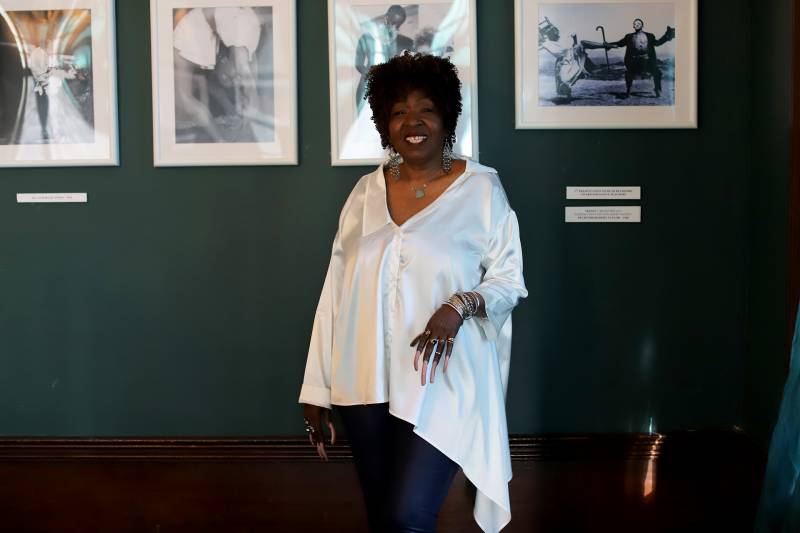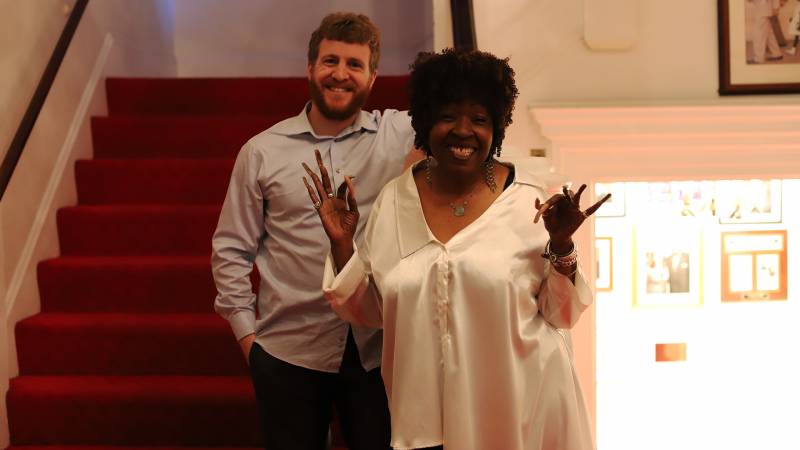Active since the 1960s, the Dynamic Miss Faye Carol is arguably the hardest-working live musician in the East Bay.
On a recent afternoon, we meet at Geoffrey’s Inner Circle in Oakland, where she’s hosting weekly concerts throughout March that draw links between her jazz repertoire and blues, Latin jazz and even hip-hop, with collaborators such as percussionist Pete Escovedo, veteran bluesman Bobby Rush and rapper Mistah F.A.B. Dubbed Faye Carol & the Folks, the program is just part of Carol’s 24/7, 365-day-a-year grind of rehearsing, promoting, performing and teaching—a grind she’s maintained for the last six decades.
“I do my own everything,” Carol tells me in her honeyed, resounding voice, and that includes her manicures. When we meet for our interview, she takes a seat on a regal, velvet chair in Geoffrey’s emerald-green hall, and pulls out a bottle of light pink nail polish to touch up an impressively lengthy fingernail on her ornately bejeweled hand.
In connecting jazz with the blues and hip-hop, Carol seeks to show the common black roots of American popular music. Her husband, the late scholar Jim Gamble, who was also her manager and musical director, taught a class at UC Berkeley called the Black History of Music. Early on in her career, Carol audited the course on a weekly basis, and it opened her eyes to the ways the African diaspora’s creative innovations have shaped virtually all popular genres.
“I think of it as black music coming from that source, and then there are many flavors—just like if you cookin’,” she says. “Do you want to put some oregano in something, or do you wanna put some cayenne? It’s different flavors, different expressions coming from different parts of the country, different creative beings. They create differently, they hear differently. We are not a monolith.”
The Aftermath of the Harlem of the West
If there’s one word to describe Faye Carol, it’s resilient. As a young girl, she moved to the East Bay town of Pittsburg from the segregated South. As a young adult in the 1960s, she was making a name for herself as a soul singer in West Oakland’s clubs, and even toured with Marvin Gaye.




